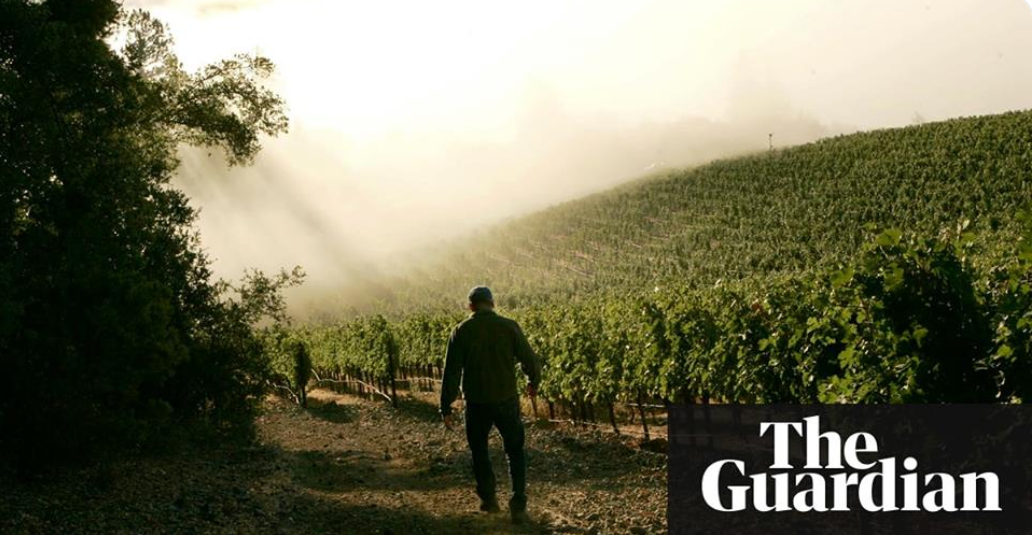Napa County – The attorney for the Yes on C campaign filed a complaint with the California Fair Political Practices Commission (FPPC) late on Monday, May 7th, charging that the Napa County Board of Supervisors, as well as Supervisors Ramos and Pedroza, are “actively engaged in an unregistered and unreported campaign against the Napa County Watershed and Oak Woodland Protection Initiative of 2018, which has been placed on the June 5, 2018, ballot as Napa County Measure C.” Read the entire complaint filed here:
The complaint asks the FPPC to take enforcement action against the county for unlawfully using public funds to prepare a “9111 Report” that advocates against Measure C. The county’s report was prepared by the law firm the county previously retained to keep a very similar ballot measure off the ballot in 2016. Under the California Constitution, public officials are prohibited from using taxpayer dollars to advocate for or against a ballot measure. Instead, the California Supreme Court has directed that any materials prepared at public expense must be limited to “fair presentation” of “all relevant facts” and cannot be used “to promote a partisan position in an election campaign.”
“The county’s 9111 report on Measure C is so outside the norms of what these analyses typically include that it’s a stretch to call it a ‘9111 report’ at all,” said Robert “Perl” Perlmutter of Shute, Mihaly & Weinberger, LLP, the law firm that drafted the language of Measure C as well as previously adopted citizens’ initiatives in Napa County, Measures J and P. “The report is campaign advocacy paid for with taxpayer dollars, plain and simple. We feel confident that the FPPC will agree with our position.”
Under state elections law, public agencies like boards of supervisors and city councils have the authority to prepare reports informing voters about the potential impacts of citizens initiatives that affect their local jurisdictions. These analyses, known as 9111 reports (in reference to a section in the California Elections Code), are authorized to examine seven specified effects of county initiatives as well as any other matters the board requests. The county’s report was drafted in a biased manner that did not consider any of Measure C’s benefits and failed to analyze any of the seven effects identified in the Elections Code.
The report contains no discussion of how and to what degree Measure C will further its stated goals of ensuring long-term protections for Napa County’s oak woodlands, streams, and wetlands. The approach taken in the Measure C report stands in stark contrast to the approach taken in past 9111 reports for other Napa County ballot measures.
According to the FPPC complaint, “the 69-page report . . . reads as if it were a legal hit piece prepared for an opponent of Measure C, with the sole purpose of cataloguing every conceivable ground—no matter how flimsy—for potentially challenging Measure C in court.” The complaint points out that the executive summary in the report highlights the allegedly “significant” likelihood that Measure C’s opponents will file litigation against Measure C on numerous grounds. But the report then buries the fact that such potential lawsuits against the measure would most likely fail in court.
The report repeatedly asserts that key terms in the initiative might be attacked as unconstitutionally vague, without mentioning that those same terms are repeatedly used in the county’s existing laws, the county has never had a problem interpreting them, and they have never been legally challenged.
The complaint also names Supervisors Ramos and Pedroza, who signed the ballot arguments against Measure C that relied on the taxpayer-funded report to promote their political position on this matter.
The complaint alleges that the board and these individual supervisors violated state law by unlawfully using public funds for campaign purposes. It also argues that “they have violated numerous provisions of the Political Reform Act by: (1) failing to file the required independent expenditure verification; (2) failing to include any legally required disclaimers on certain campaign materials; and (3) failing to acknowledge their ongoing campaign finance reporting obligations.”
“The bottom line is that the county’s report about Measure C is replete with fundamentally misleading, biased, and inflammatory statements. It’s a campaign document, and must be treated accordingly,” concluded Perlmutter.
Letter sent to Fair Political Practices Commission names the Board of Supervisors and
Supervisors Ramos and Pedroza for using taxpayer funds to support campaign activity.







